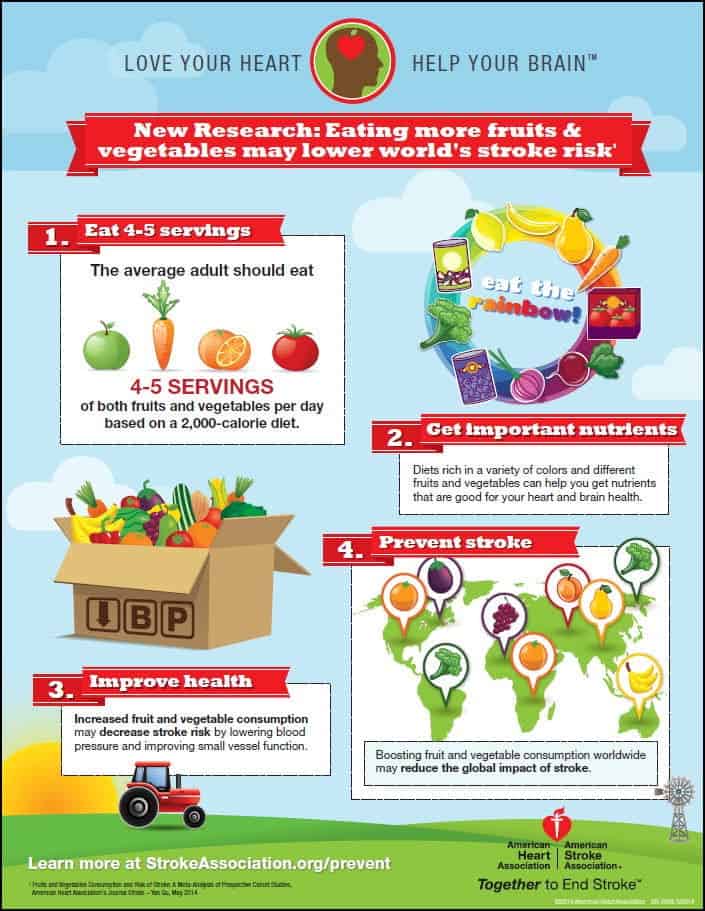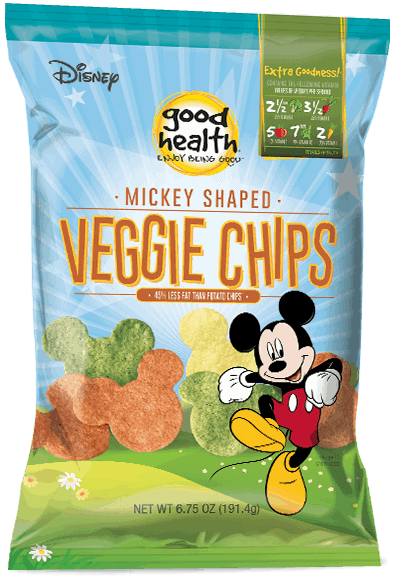Are you raising picky eaters? Then you will be surprised with the recent trend of restaurants offering healthier kid’s menus. Gone are the days when your only fast food option was chicken nuggets, burgers, and fries.
Over the past few years, various restaurants started providing dishes that contain ingredients that your kids might not currently eat. For instance, the restaurant chain, Laughing Planet Café, is offering healthy options for their young diners that are made from tempeh (a soy product), quinoa, and kale. On the other hand, some restaurants also give children the freedom to choose healthy items to match their foods like brown rice, roasted yam, or tofu.
Healthy Trend Leads Transformation of Kid’s Menus
What is influencing this trend? Franz Spielvogel, CEO of Laughing Planet, noted that they are embracing such bold moves because modern parents are becoming more educated and health-conscious. Moreover, diners now have more access to different flavors and children grow up in households that eat a variety of cuisines.
Another reason why restaurants across the United States are changing their kid’s menus is that most adults think that kid’s menus are not given too much thought. Most of the dishes included in the menu appeal to the kids taste-wise, but their nutritional value was never taken into account. Kid’s menus should be more than a marketing gimmick. Although this may be the case, traditional burgers will never go away; but restaurants are making moves to incorporate healthier ingredients in their burgers to provide more variety and nutrition to children.
This trend has pushed other food companies to revamp their products to become healthier for children. For instance, Panera Bread Co. will offer its kids menu minus the sweeteners, artificial flavors, and colors. Diners can expect to see black bean soup and Greek salad on its new kid’s menu.
How to Make Healthy Foods More Appealing to Kids
Aside from creating new and healthier products for children, companies are also looking into how the foods will be presented to children. MAD Greens, a food chain that has branches in Utah, Texas, Colorado and Arizona, devised a way to make their food boxes more appealing even if it contains edamame, pasta, and citrus chicken–not your child’s usual favorites.
Giving children more control to foods they eat is also the key to letting them develop healthy eating habits even while dining out. According to Molly Siegler, culinary editor at Whole Foods Market, if children are allowed to participate in choosing which vegetables they want in their soup, then they are likely to eat the finished product. Letting children have control on the kinds of foods that they consume is necessary as long as they have their parents guiding them in the right direction.
Restaurants today are embracing the fact that they are accountable when it comes to feeding young diners with not only delicious but also nutritious foods. This revolution is reshaping the food industry, and it might help provide the solution to the obesity problem among children.
Inspired by marketwatch.com



 This shift towards clean eating has not gone undetected by food manufacturers. As a result, many manufacturers have developed new products with one goal in mind and that is to create delicious products charged with clean ingredients.
This shift towards clean eating has not gone undetected by food manufacturers. As a result, many manufacturers have developed new products with one goal in mind and that is to create delicious products charged with clean ingredients.




